Holidays in India: 2025 – A Tapestry of Tradition and Festivity
Related Articles: Holidays in India: 2025 – A Tapestry of Tradition and Festivity
Introduction
In this auspicious occasion, we are delighted to delve into the intriguing topic related to Holidays in India: 2025 – A Tapestry of Tradition and Festivity. Let’s weave interesting information and offer fresh perspectives to the readers.
Table of Content
Holidays in India: 2025 – A Tapestry of Tradition and Festivity
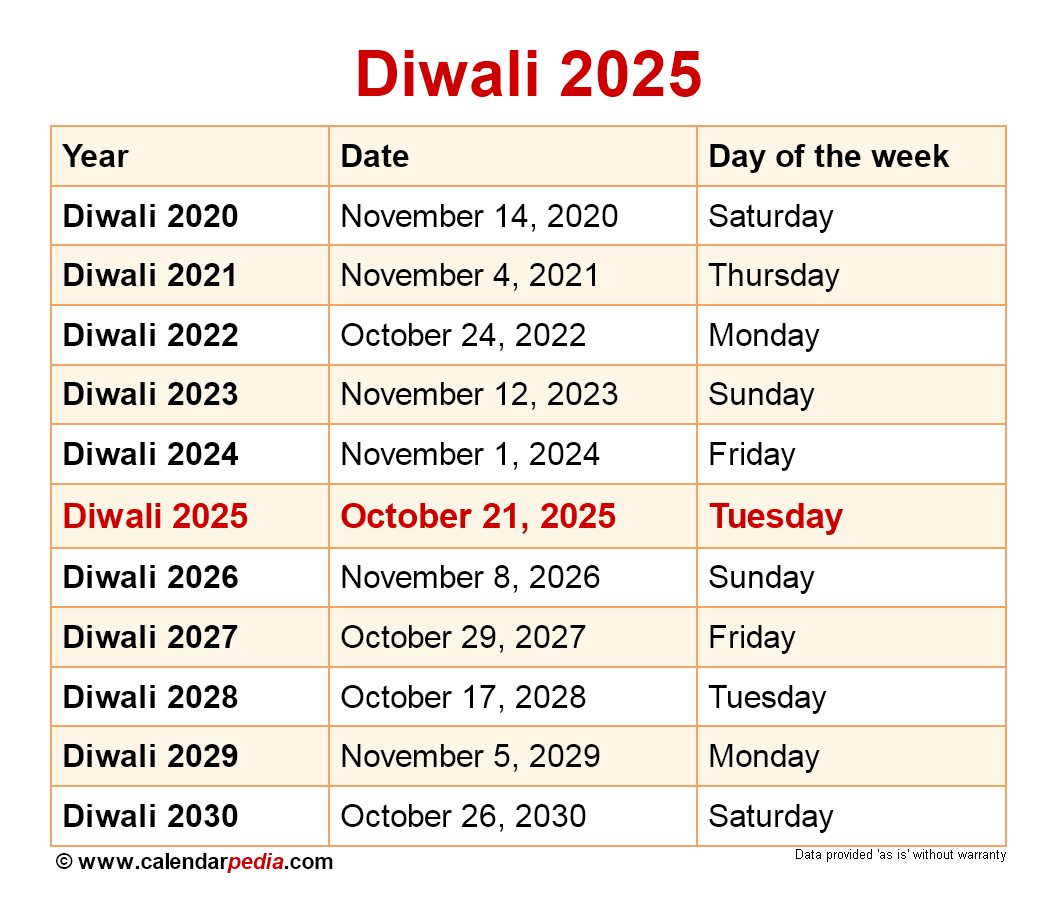
India, a land of diverse cultures and rich heritage, celebrates a multitude of holidays throughout the year. These celebrations are not merely days off, but vibrant expressions of the nation’s history, beliefs, and traditions. 2025 promises a calendar filled with captivating festivals, each offering a unique opportunity to immerse oneself in the spirit of India.
Understanding the Significance of Holidays in India
Holidays in India are deeply ingrained in the fabric of society. They serve as a platform for:
- Cultural Preservation: Festivals and holidays act as living repositories of ancient customs, rituals, and narratives, ensuring their continuity across generations.
- Social Cohesion: Celebrations bring communities together, fostering a sense of belonging and shared identity.
- Economic Impact: Many holidays are linked to specific industries, boosting tourism, retail, and hospitality sectors.
- Spiritual Renewal: Religious festivals provide a time for introspection, prayer, and spiritual rejuvenation.
Navigating the 2025 Holiday Calendar
The 2025 holiday calendar in India is a vibrant mosaic of religious, national, and regional celebrations.
January:
- Makar Sankranti (January 14th): A harvest festival celebrated across India, marking the sun’s transition into the zodiac sign of Makara (Capricorn). The day is marked by kite flying, feasts, and offerings to the sun god Surya.
February:
- Republic Day (January 26th): Celebrates the adoption of the Indian Constitution in 1950, signifying the birth of the Republic of India. The day is marked by parades, flag hoisting ceremonies, and patriotic displays.
- Holi (March 1st): The festival of colors, Holi symbolizes the triumph of good over evil. Celebrated with vibrant colors, music, and joyous gatherings, it is a time to forget past grievances and embrace unity.
March:
- Mahashivratri (March 2nd): Dedicated to Lord Shiva, this night of spiritual devotion involves fasting, chanting, and worshipping the deity.
April:
- Good Friday (April 10th): Observed by Christians to commemorate the crucifixion of Jesus Christ.
May:
- Eid al-Fitr (May 1st): A major festival for Muslims, marking the end of Ramadan, the month of fasting. Celebrated with prayers, feasts, and the exchange of gifts.
June:
- Buddha Purnima (June 14th): A significant festival for Buddhists, celebrating the birth, enlightenment, and death of Buddha.
July:
- Independence Day (August 15th): Celebrates India’s independence from British rule in 1947. Marked by flag hoisting ceremonies, patriotic songs, and cultural programs.
August:
- Raksha Bandhan (August 2nd): A festival celebrating the bond between siblings, where sisters tie a sacred thread (rakhi) on their brothers’ wrists, signifying their protection and love.
September:
- Ganesh Chaturthi (September 17th): A ten-day festival dedicated to Lord Ganesha, the remover of obstacles. Celebrated with elaborate processions, prayers, and offerings.
October:
- Dussehra (October 2nd): A ten-day festival celebrating the victory of Lord Rama over the demon king Ravana. Marked by effigy burning, Ramlila performances, and festive gatherings.
November:
- Diwali (November 14th): The festival of lights, Diwali celebrates the triumph of good over evil and the return of Lord Rama to Ayodhya. Marked by lighting diyas (oil lamps), bursting fireworks, and feasting.
December:
- Christmas (December 25th): Celebrated by Christians to commemorate the birth of Jesus Christ.
Regional and Local Holidays:
Beyond these national holidays, numerous regional and local festivals add to the tapestry of celebrations across India. These festivals are often linked to specific communities, deities, or agricultural cycles.
Benefits of Celebrating Holidays in India:
- Economic Boost: Tourism, hospitality, and retail sectors experience significant growth during major festivals.
- Cultural Exchange: Holidays provide opportunities for people from diverse backgrounds to interact and appreciate each other’s traditions.
- Spiritual Growth: Religious festivals offer a chance for introspection, prayer, and spiritual renewal.
- Community Building: Celebrations bring people together, fostering a sense of belonging and shared identity.
FAQs about Holidays in India:
Q: What are the most popular holidays in India?
A: Diwali, Holi, Ganesh Chaturthi, and Dussehra are among the most widely celebrated festivals in India, attracting tourists and locals alike.
Q: Are all holidays observed nationwide?
A: While some holidays are national, others are regional or local, reflecting the diverse cultural landscape of India.
Q: What are the best ways to experience holidays in India?
A: Immerse yourself in local traditions by attending cultural events, visiting temples or shrines, participating in festivities, and enjoying traditional food.
Q: Are there any safety precautions to consider during holidays?
A: Crowds can be large during festivals, so it’s important to be aware of your surroundings, stay hydrated, and follow local safety guidelines.
Tips for Enjoying Holidays in India:
- Plan Ahead: Book accommodations and transportation in advance, especially during peak season.
- Respect Local Customs: Dress modestly, be mindful of cultural sensitivities, and learn basic phrases in the local language.
- Embrace the Festivities: Participate in local traditions, enjoy traditional food, and engage with the locals.
- Stay Safe: Be aware of your surroundings, follow safety guidelines, and carry essential documents.
Conclusion:
Holidays in India are more than just days off; they are a vibrant reflection of the nation’s rich cultural heritage and deep-rooted traditions. From the joyous colors of Holi to the spiritual devotion of Mahashivratri, each celebration offers a unique opportunity to experience the diverse tapestry of Indian culture. By understanding the significance of these holidays and engaging with the festivities, travelers can gain a deeper appreciation for the soul of India.
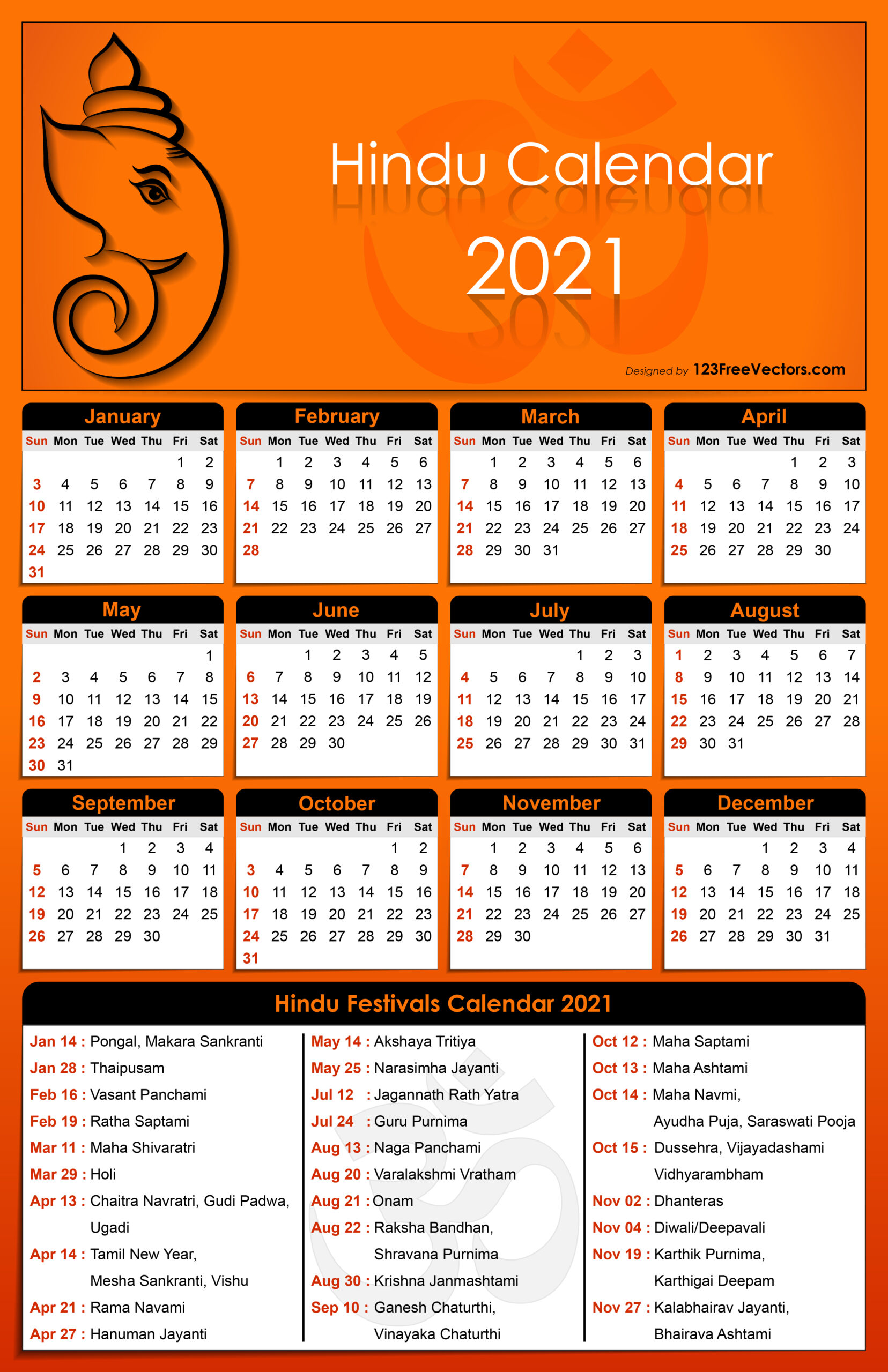
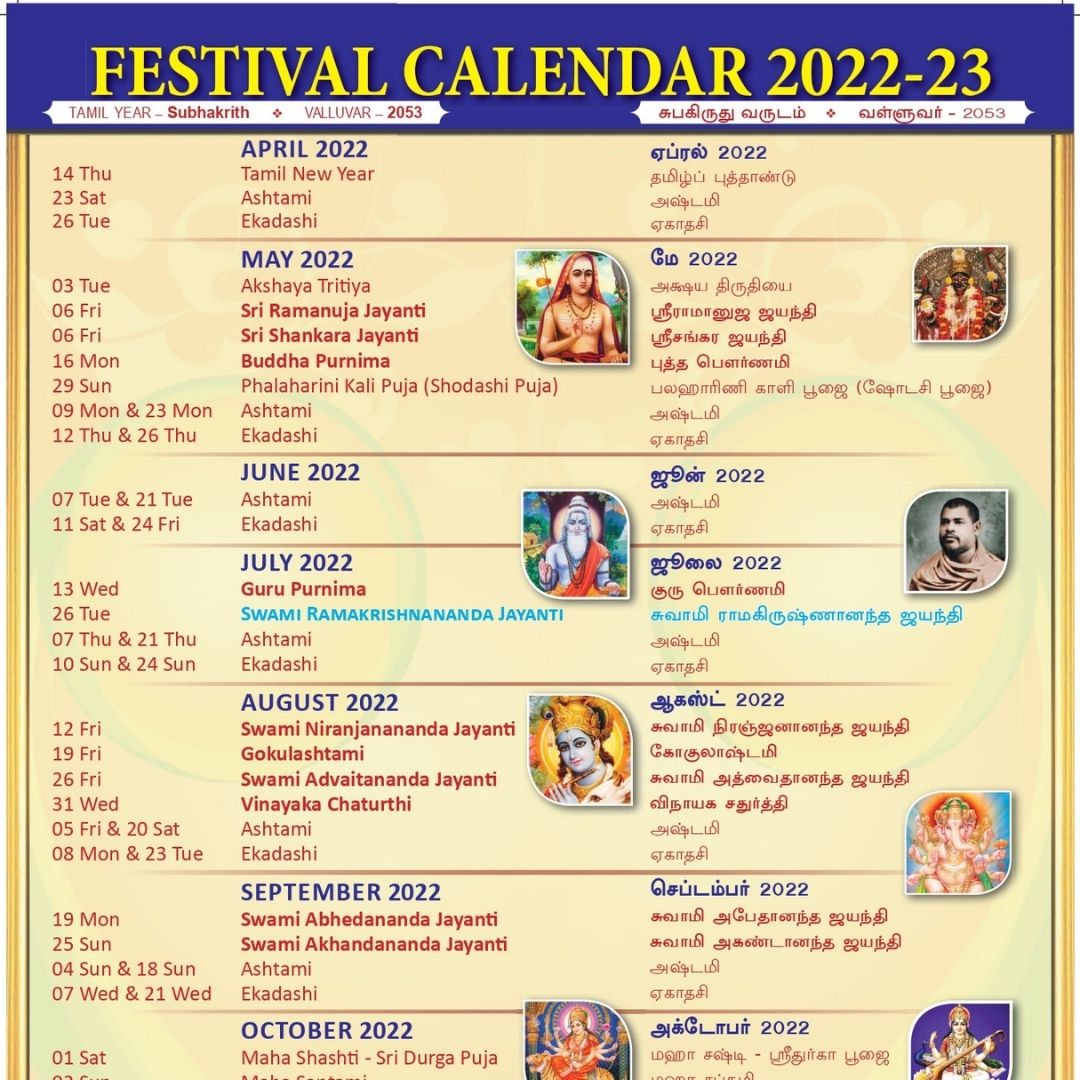

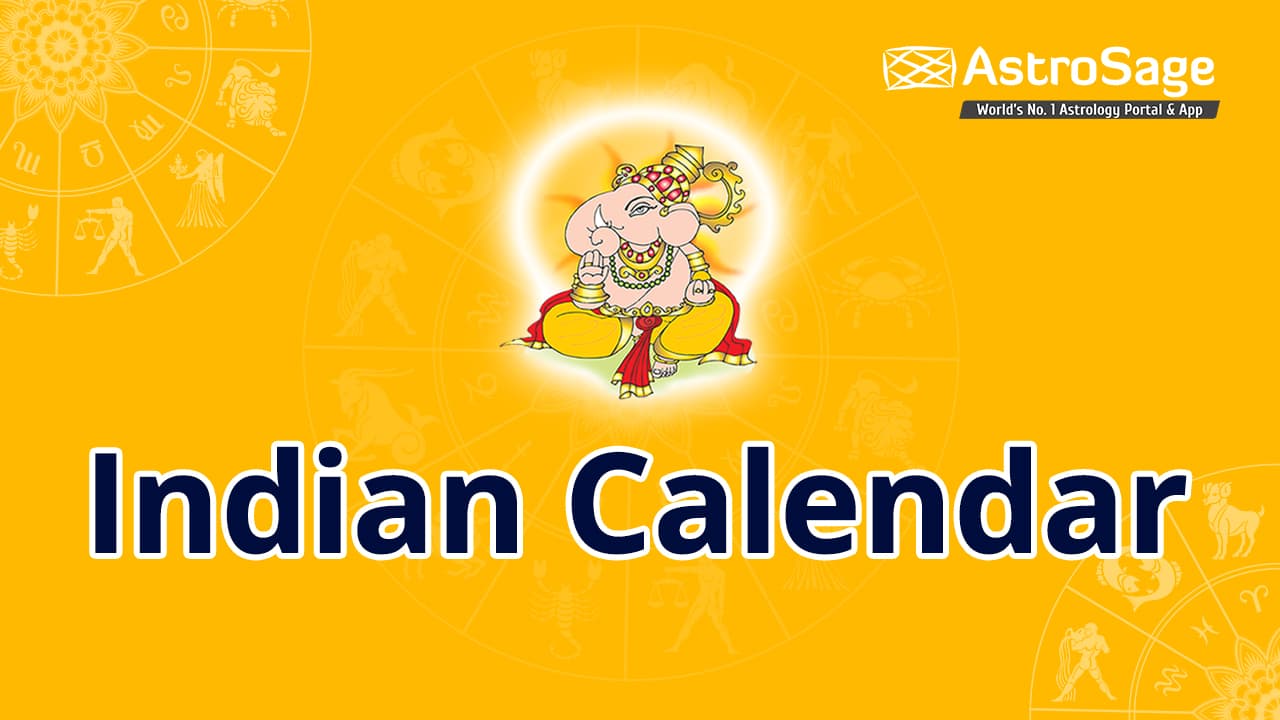
:max_bytes(150000):strip_icc()/indian-holidays-and-festivals-1458365-Final2-3dc4db4697db437cbe1ed95b22bb9c35.png)
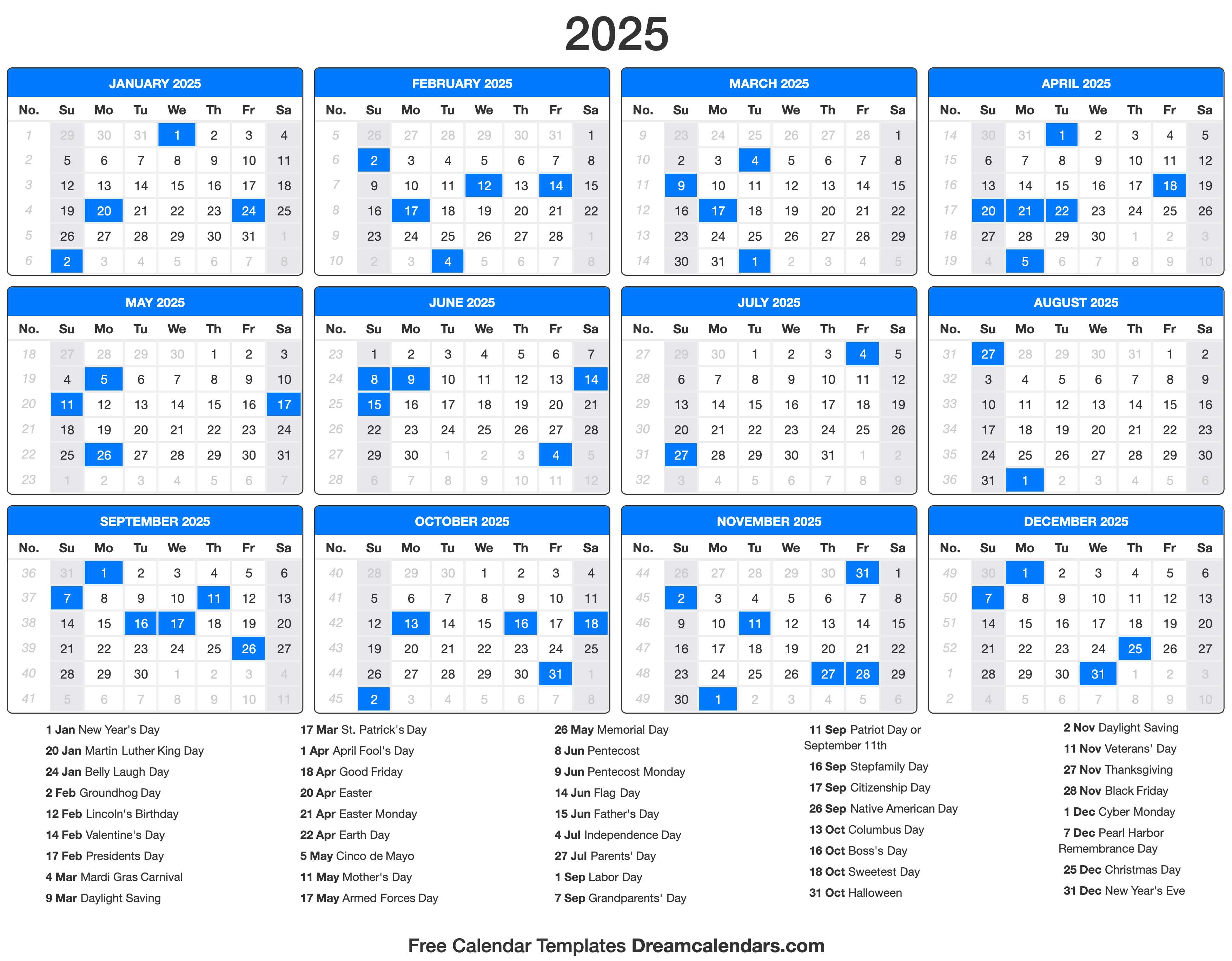

Closure
Thus, we hope this article has provided valuable insights into Holidays in India: 2025 – A Tapestry of Tradition and Festivity. We thank you for taking the time to read this article. See you in our next article!